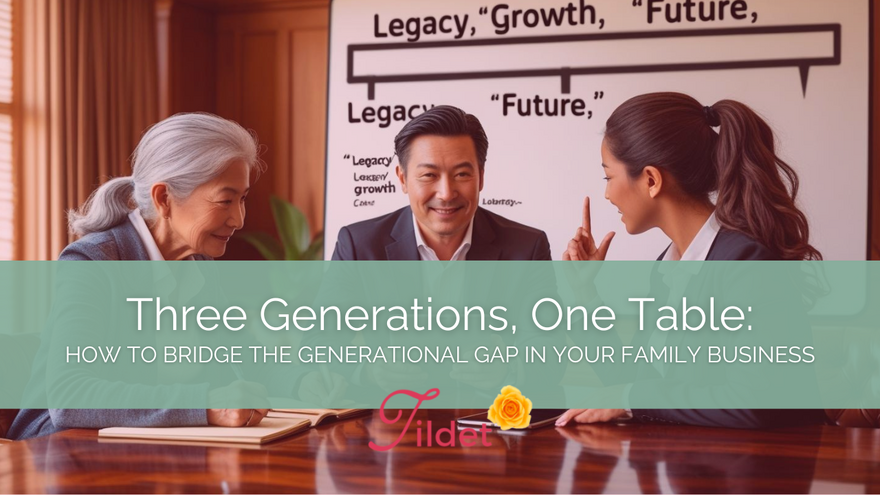
Three Generations, One Table: Bridging the Gap in Your Family Business
It usually starts with a simple meeting.
Three generations gather around the same table—each with good intentions, each with a different idea of what “moving forward” means.
The founder wants to protect what’s been built.
The second generation aims to enhance what’s already effective.
The rising generation wants to reimagine the future.
Same family. Same business. Different languages of leadership.
And when those differences go unnamed or unacknowledged, tension builds—not because anyone’s wrong, but because no one feels fully understood.
Why Generations Clash—And How to Shift the Conversation
Every generation carries its own story, shaped by the world they grew up in:
🔹 Founders often value loyalty, sacrifice, and privacy.
🔹 Second-generation leaders bring a desire for collaboration, structure, and balance.
🔹 Rising leaders prioritize transparency, purpose, and innovation.
It’s not about who’s right.
It’s about what’s underneath.
When values go unspoken, assumptions take over.
But when those values are named with care, you unlock the potential for trust, clarity, and genuine collaboration.
A Practice to Try
Next time you hear something like:
“We’ve always done it this way.”
Pause before reacting. Try asking:
“What’s the value we’re protecting by doing it that way?”
You may find it’s not resistance—it’s protection.
Not rejection—it’s a desire to carry forward something meaningful.
This Isn’t About Picking Sides
Bridging the generational gap isn’t about choosing tradition or innovation.
It’s about honoring the foundation that was laid…
While making room for what’s emerging.
Because when every generation is seen, heard, and invited to contribute—not just comply—you don’t just run a business.
You cultivate a legacy that evolves together.

Comments